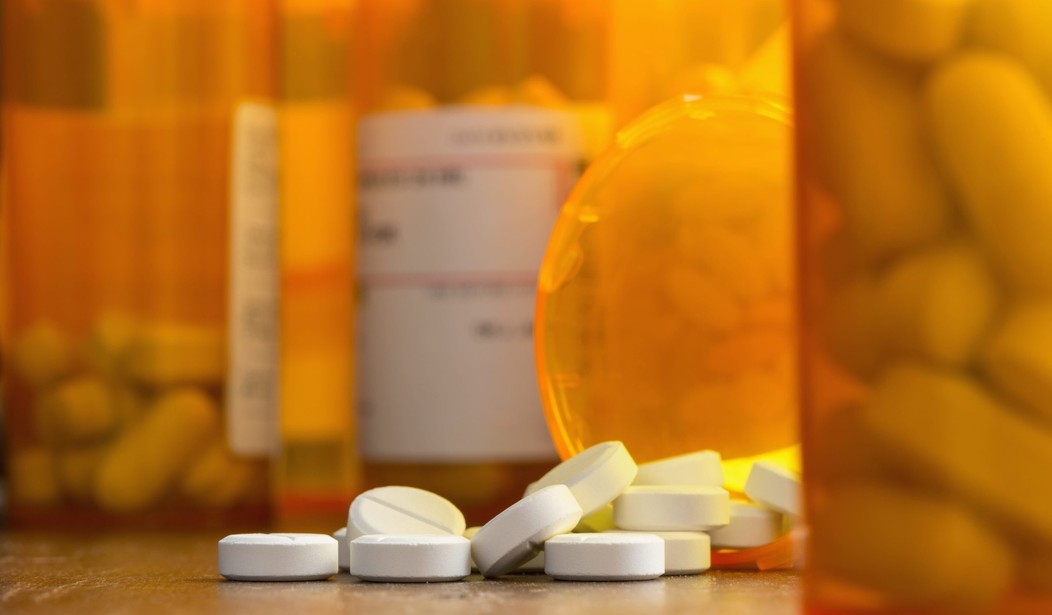I remember the days when the aura of the miraculous still surrounded antibiotics. The problem of bacterial resistance on any scale was only just beginning and doctors handed them out more or less on demand. I remember a patient who said she was taking them for her headaches and when I refused to prescribe them for her she threatened the receptionist with violence. The latter threatened to resign unless I prescribed them, so I relented. Such are the vagaries of scientific prescribing.
The pendulum has swung the other way, as pendulums usually do. There is now almost a puritanical attitude toward the prescription of antibiotics and a presumption against their use in minor infections.
A recent paper in the New England Journal of Medicine studied the question of whether antibiotics in addition to surgical drainage was advantageous in the cure of minor skin abscesses. The antibiotic chosen for evaluation was an old one, the combination of trimethoprim with sulfamethoxazole, to which the causative organism of most such abscesses, Staphylococcus aureus, is still sensitive, though it had become largely insensitive to forms of penicillin.
1247 patients with skin abscesses requiring surgical draining were allocated randomly to surgery plus antibiotics for 7 days or surgery plus placebo for 7 days. Their rates of cure and complications were subsequently compared.
In fact, the results in only 1013 of the original patients could be compared, the rest having been excluded for various reasons, among them that 105 of them had taken less than 75 per cent of the pills prescribed, 44 in the placebo group and 61 in the antibiotic group. Only 64.7 per cent of the patients took the pills exactly as prescribed: an important point not emphasised by the authors for if patients in clinical trials with unusually close attention and follow-up do not take pills as prescribed, how many of them would do so in more ordinary circumstances? Incompletely-taken courses of antibiotics favor the emergence of bacterial resistance.
The patients assigned to antibiotic treatment did rather better than those assigned to placebo. 80.5 per cent of the former and 73.6 per cent of the latter were cured at between 7 and 14 days after operation, a statistically significant difference. There were no very serious medical consequences of treatment failure though 3.6 per cent and 8.6 per cent of the antibiotic and placebo groups respectively required re-operation.
As is often the case, the paper was as interesting for what it did not say or comment upon as for what it did. For example, the introduction mentioned that the numbers of people in the United States who attended emergency rooms for skin infections, the majority of them abscesses, increased from 1993 to 2005 from 1.2 million to 3.4 million, a startling increase even allowing for the growth in population. What accounted for it? An increase in the prevalence of diabetes perhaps? The authors make no comment.
They mention that 42.7 per cent of patients taking antibiotics experienced minor gastrointestinal side-effects but so did 36.1 per cent of those taking placebo. This latter figure is surely rather extraordinary, testimony to the nocebo effect which is much less well-known and studied than the placebo effect.
Although the use of the antibiotic was shown to be beneficial in promoting the cure of skin abscesses the authors mention that Stevens-Johnson Syndrome, a severe and potentially fatal reaction to the drug, occurs in 1 in 100,000 prescriptions of the antibiotic. Against this must be set the excess of potentially fatal complications (such as bacterial endocarditis) that might occur in the 7 per cent of patients who would have been cured sooner had they been given antibiotics. But these figures are so small that they are probably not worth worrying over.









Join the conversation as a VIP Member